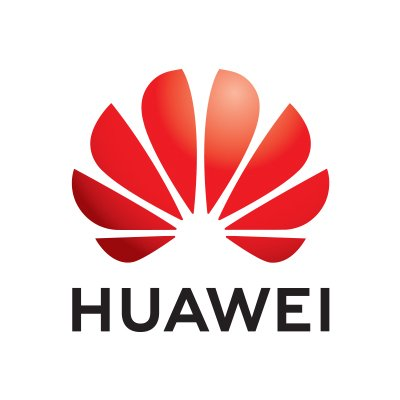With financial and government services going online rapidly, transaction volumes are soaring, requiring high data concurrency. The banking industry particularly has always needed high reliability infrastructure to prevent huge economic losses caused by data loss and service disruption. In fact, statistics show that, on average, financial data loss or service disruption in the industry run as high as $6.48 million per hour.
Payment solutions, cargo logistics and movement of information across geographical borders has grown tremendously over recent years and is expected to expand immensely as global trade becomes more connected technologically. Financial services, which includes banking and insurance, is one of the fastest evolving sectors, with its broad range of activities touching on key aspects of the local, regional and global economies.
In order to support this growth, Huawei marked the global Information Technology Day with a renewed focus on building technology that will deliver the financial services and public sectors’ data storage network’s needs with a new set of equipment known as All Flash Data Centers. Data centers are buildings used to store computing systems, telecommunications and companies’ specific data or information. Many organizations have them and they play a vital role in the day-to-day operations of an organization. An all-flash data center uses flash memory drives, a great shift from the formative data centers that use spinning-disk drives.
The new technology is designed to use less space, thereby reducing the cost of square footage required for the equipment. It is also geared at faster flow of information between data centers, as customers demand information quickly and carry out more mobile transactions and increasingly obtain government services while on the move. Recent survey information from the Kenya Bankers Association for instance showed that 60 per cent of banking customers preferred mobile banking transactions over other forms of banking. In such a demanding climate, there is latent demand for all-flash data centers that are reliable, green, and energy-efficient, improving storage performance 100-fold.
“Data is the new gold in the digital age, and now, primary storage is going to be done on flash-based technologies,” said Andy Luo, the Huawei Enterprise Director of Data Storage Solutions.
Luo added that as the industry develops, it is important to consider how data can be safely stored on platforms, like the public or private cloud of an organization.
He explained that the firm had unveiled its new proprietary OceanProtect data storage system designed and fitted with algorithms and adaptable for variable data center sizes, in anticipation of a future that will be characterized by more data, faster retrieval and sharing of information and a greater focus on the data security. These he noted, are characteristics of storage and transmission that government organizations today find highly useful.
Huawei, he added, had recognized the demand for better communication performance between data centers.
“Financial services and public sector organizations will use the all-flash storage systems connected with Huawei’s NoF+ solution that supports long distance communication of up to 200 kilometers. This will cut the cost of sending and retrieving information between urban centers as customers rely increasingly on the Internet for their transactions. We also expect it to reduce the cost of set up by as much as 90 per cent,” explained Henry Muturi, Executive Storage Specialist.


